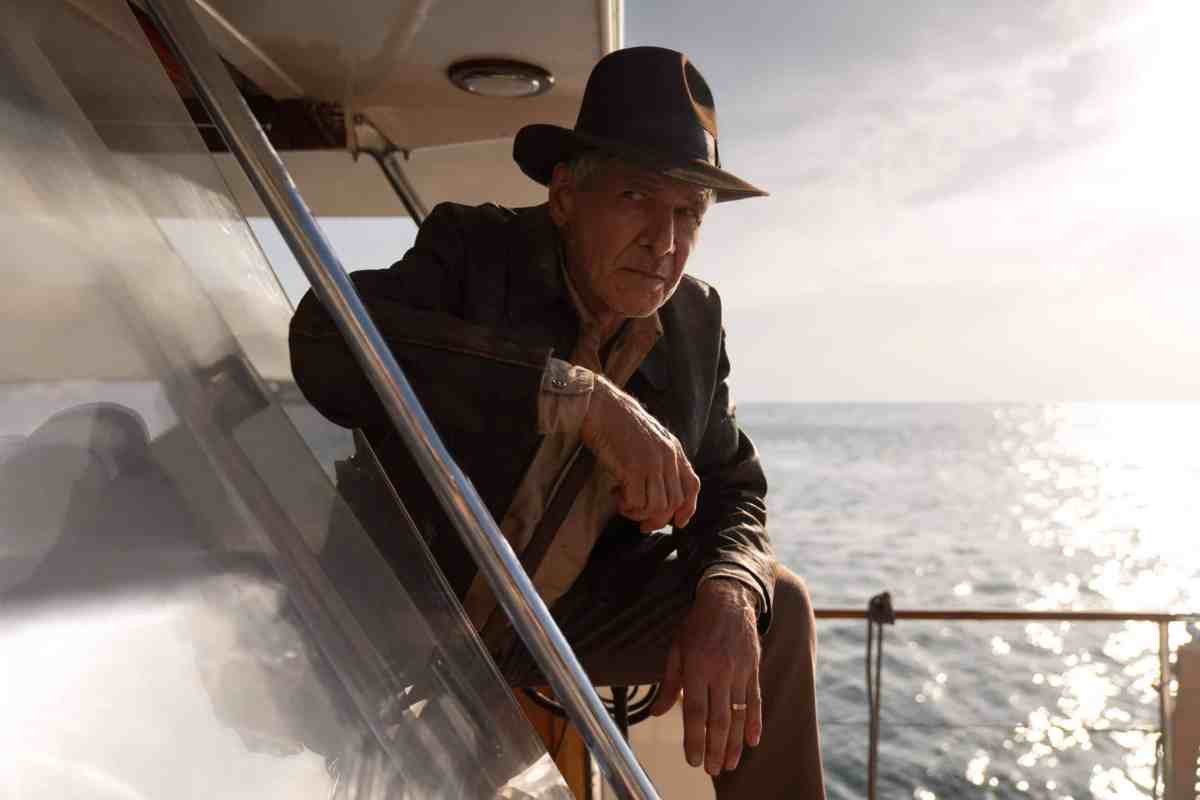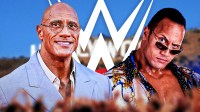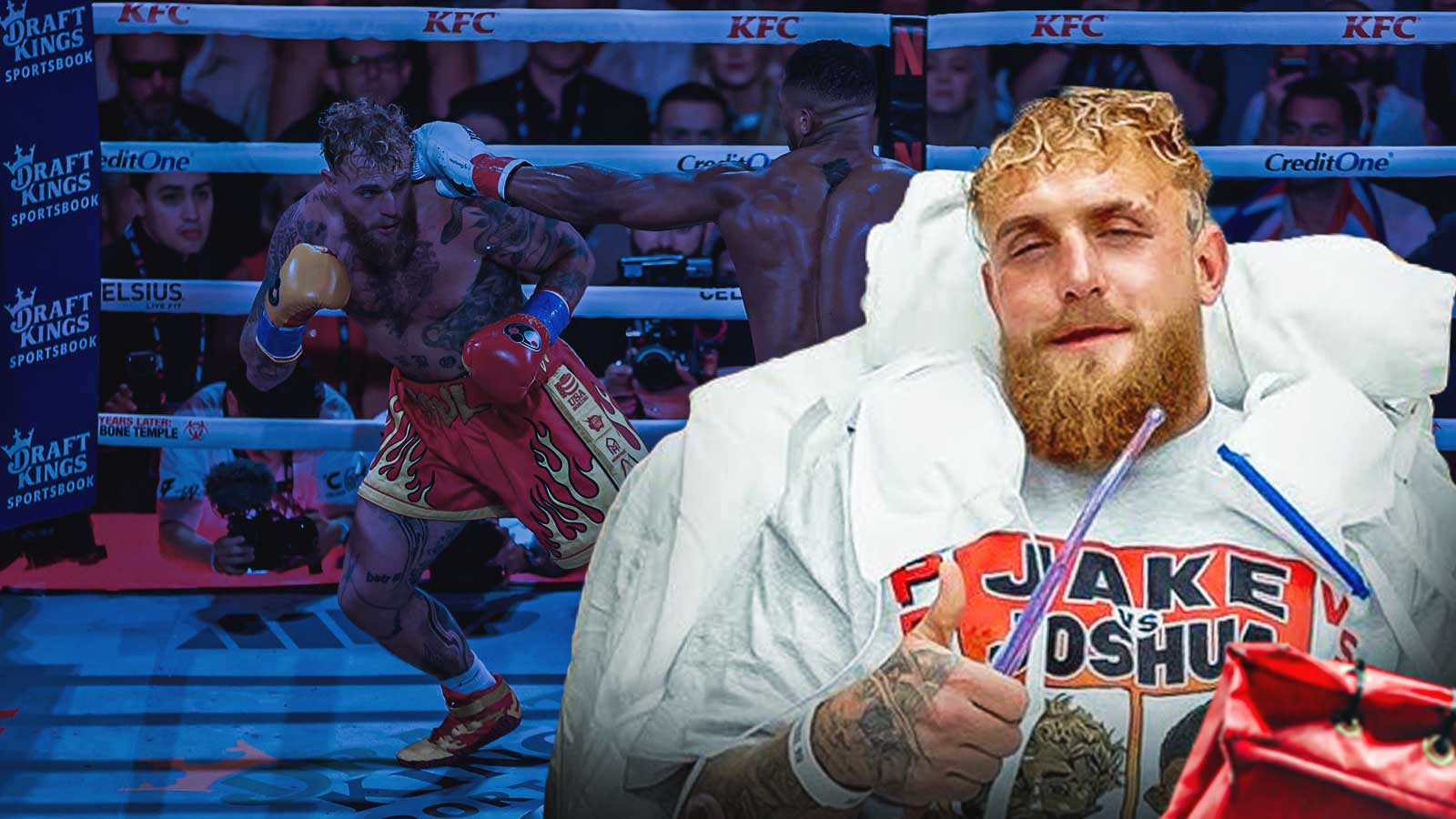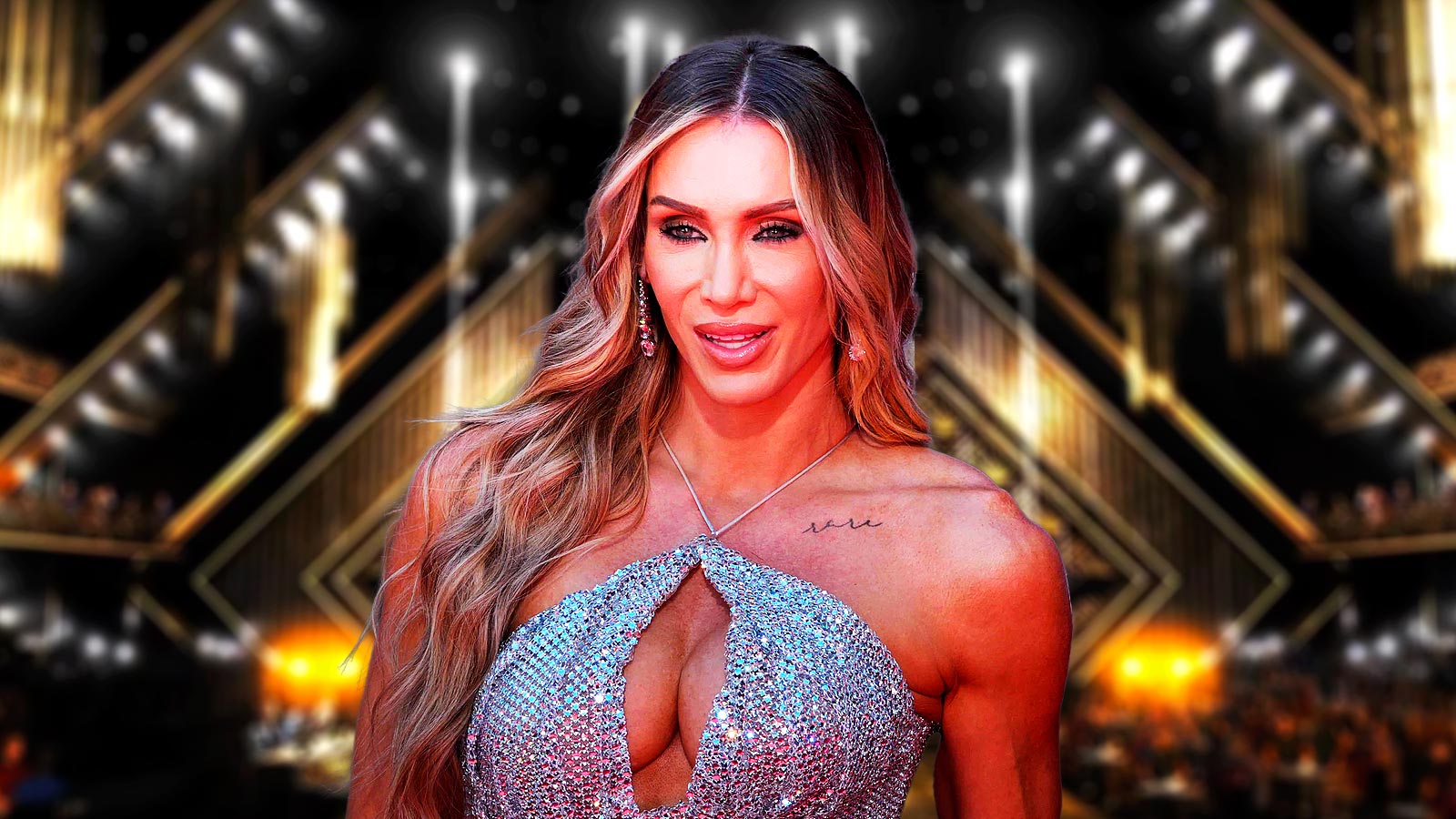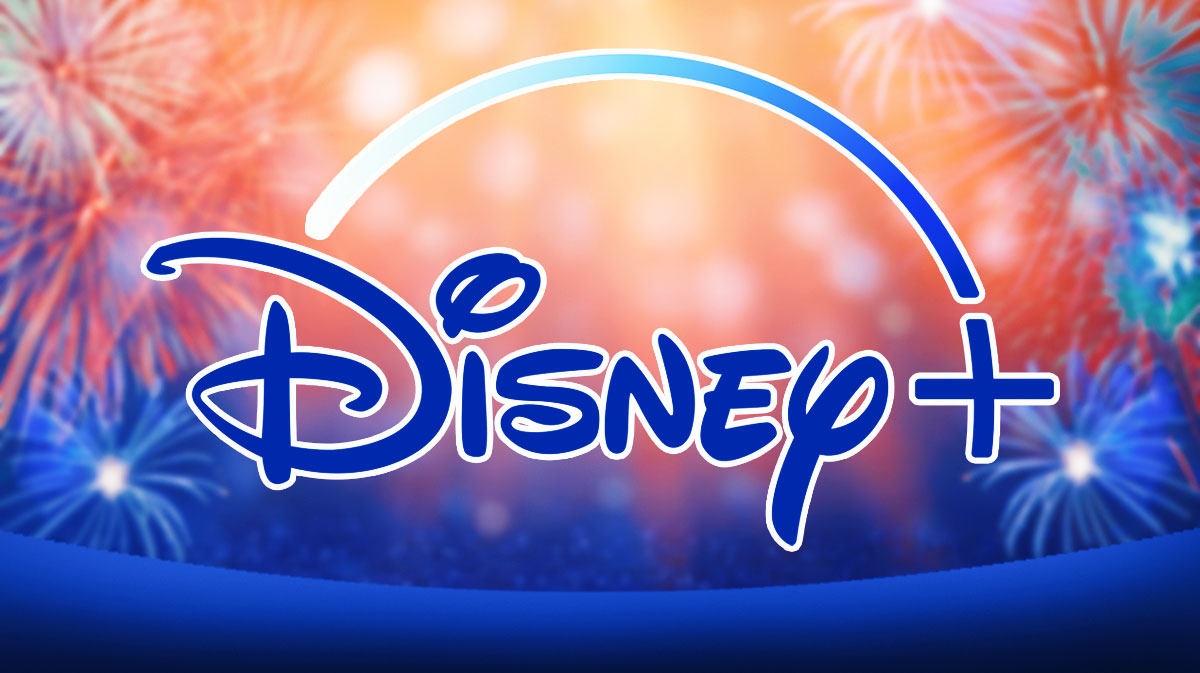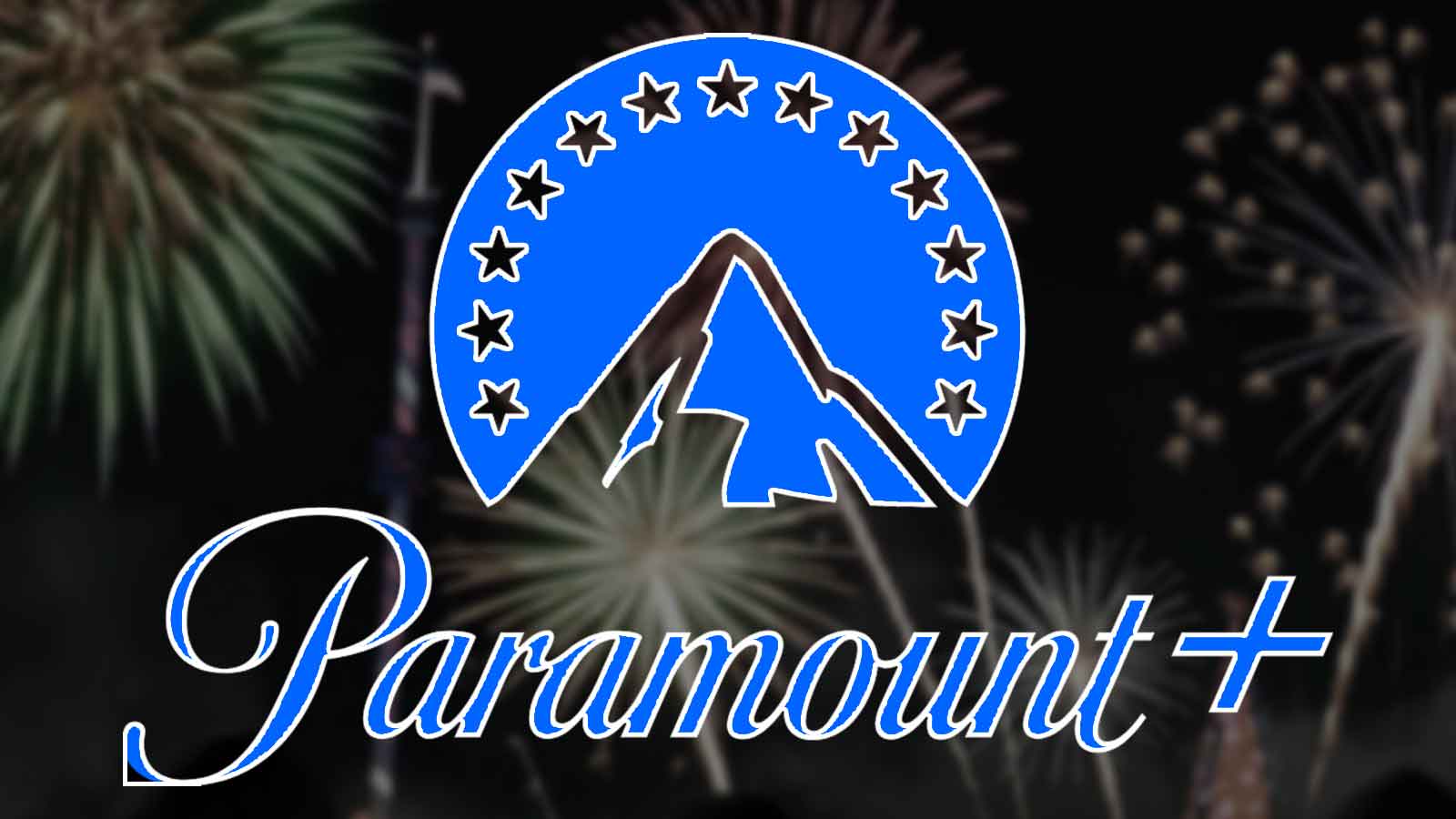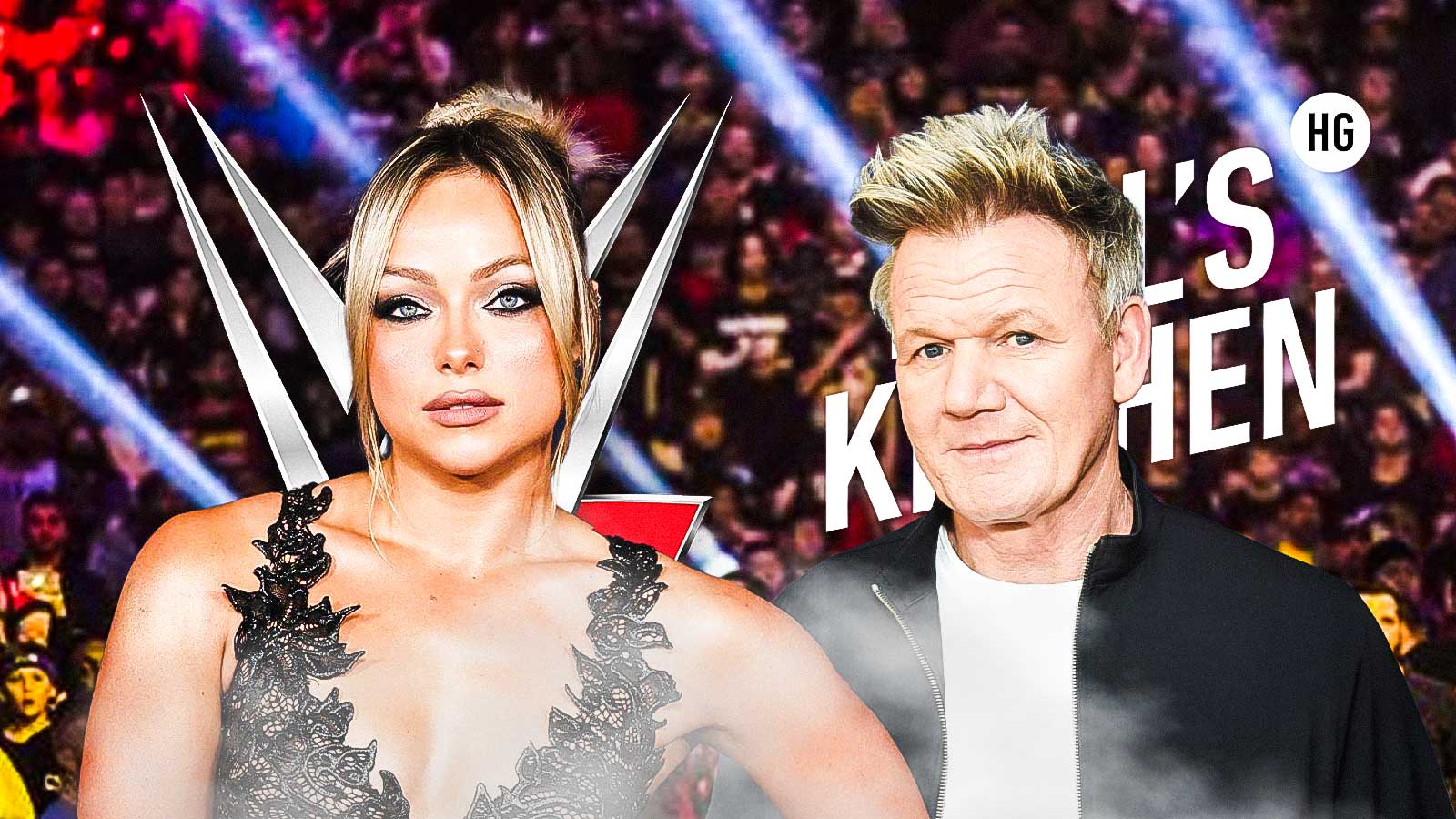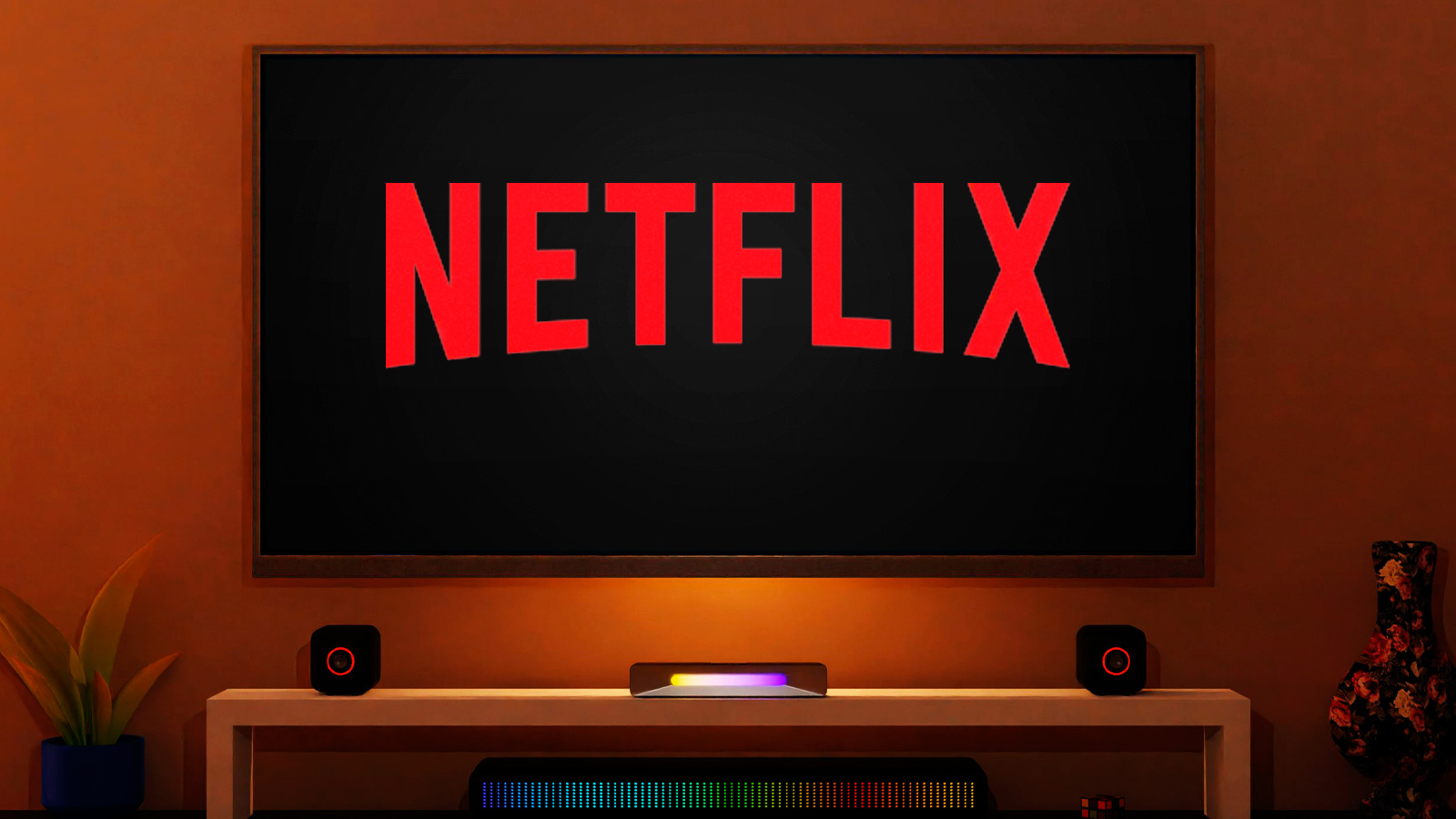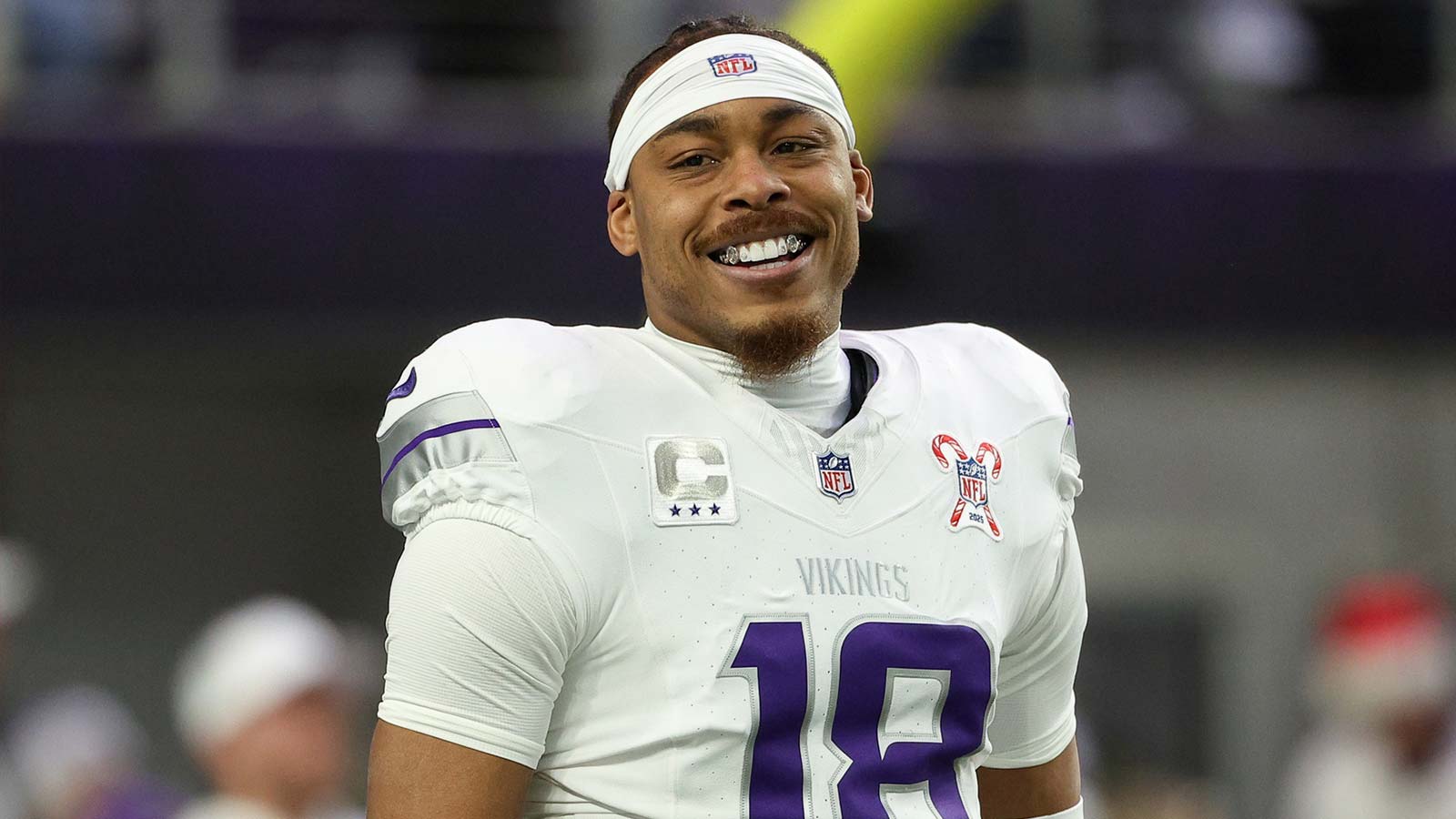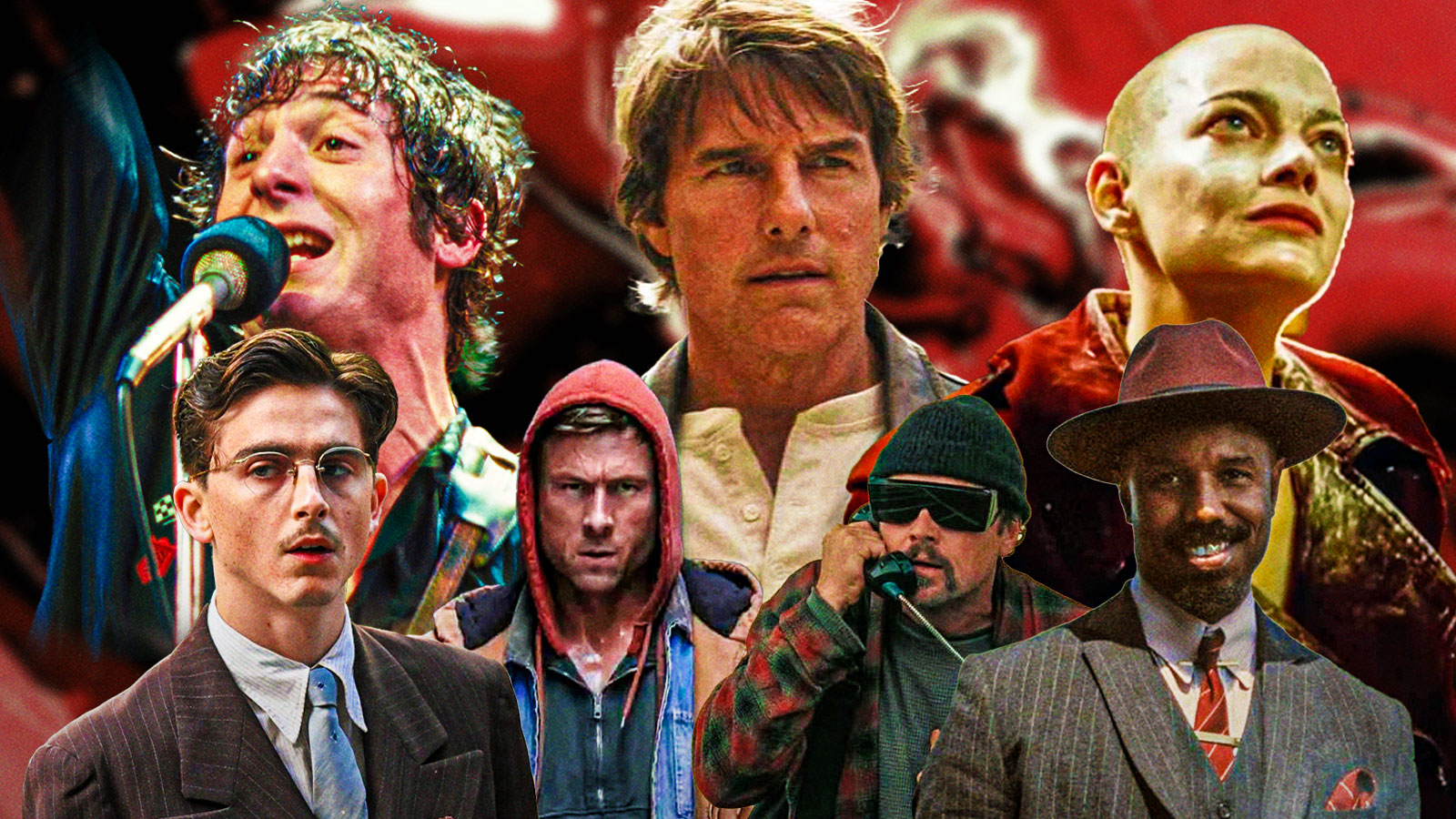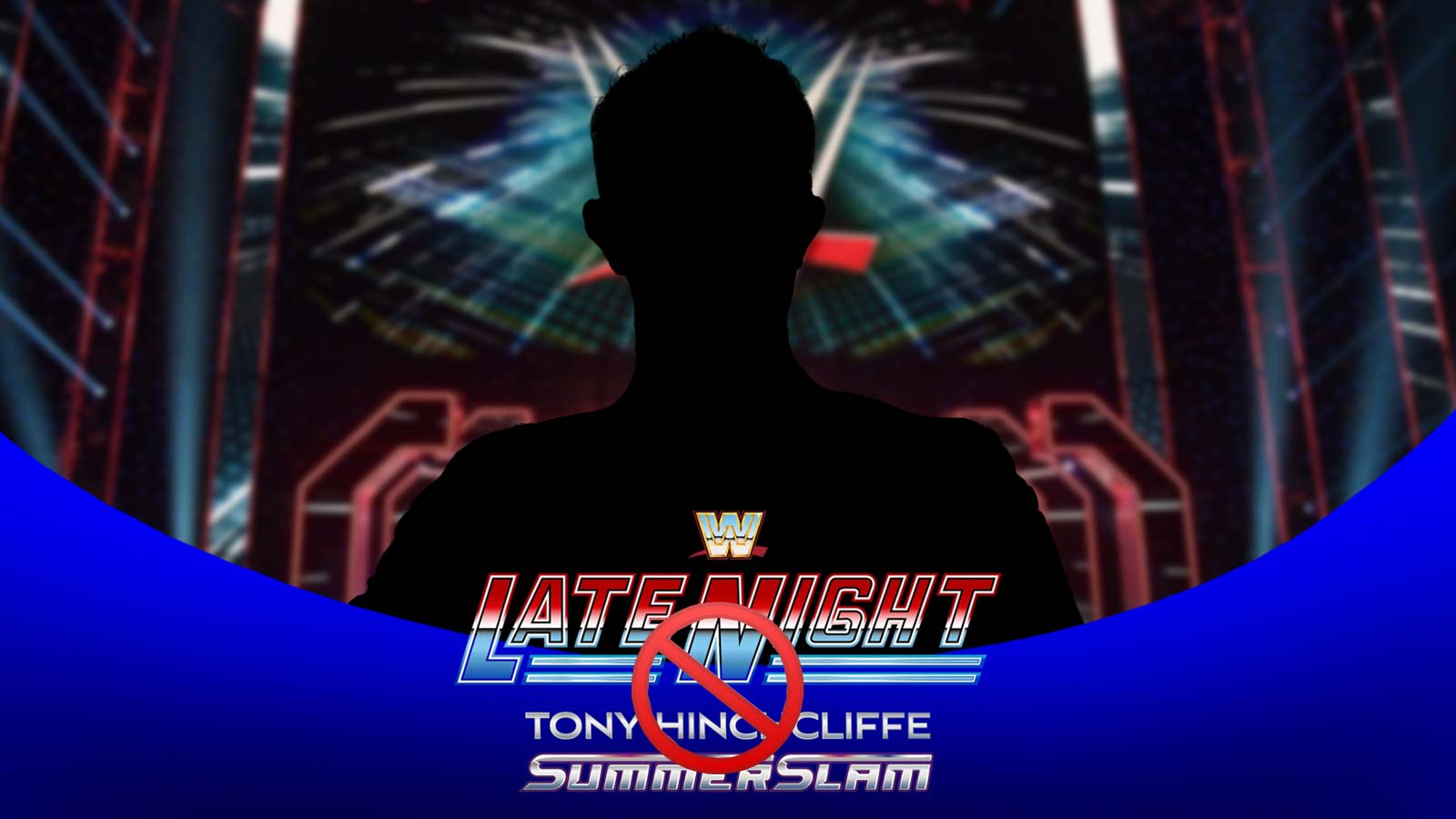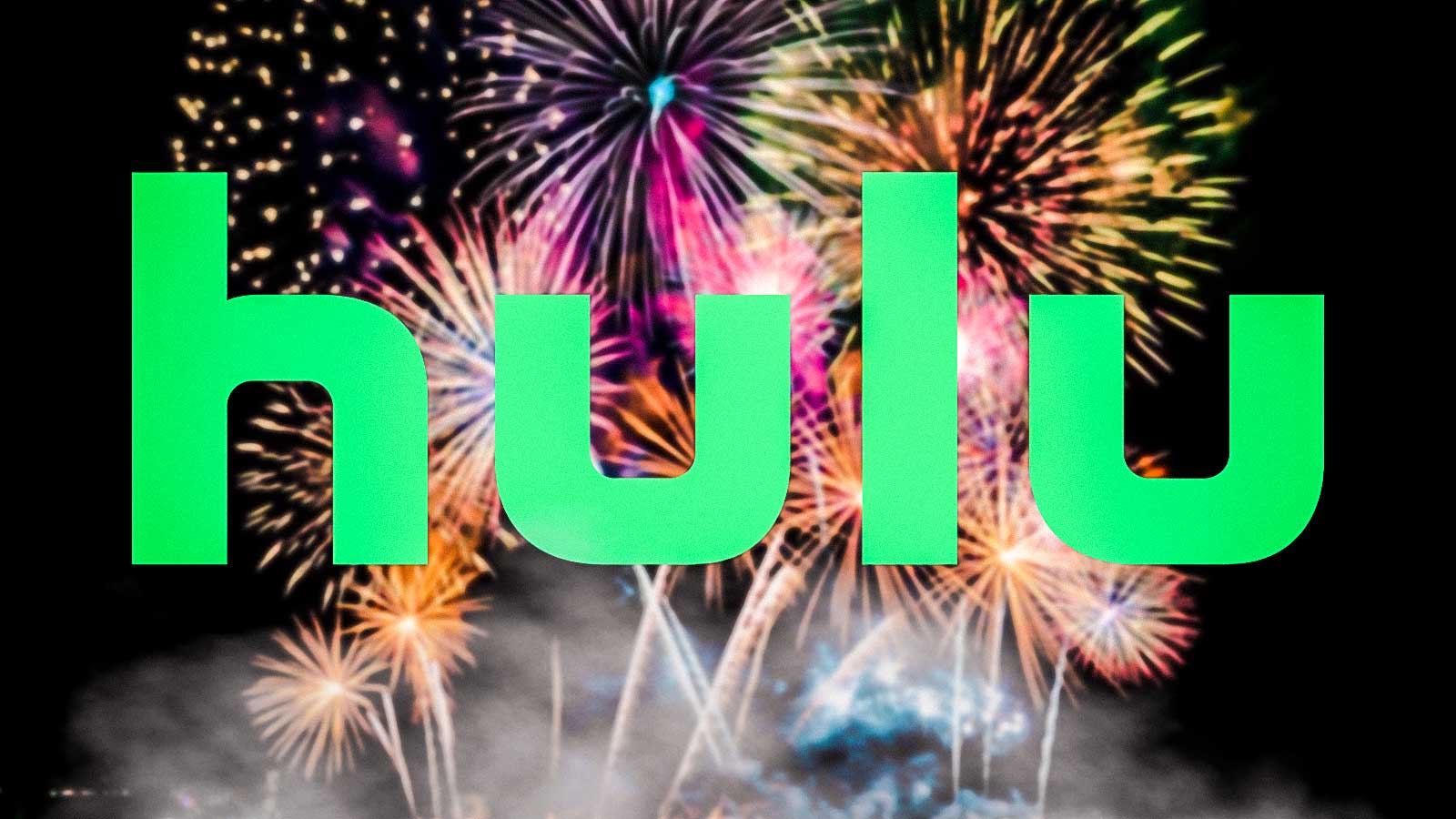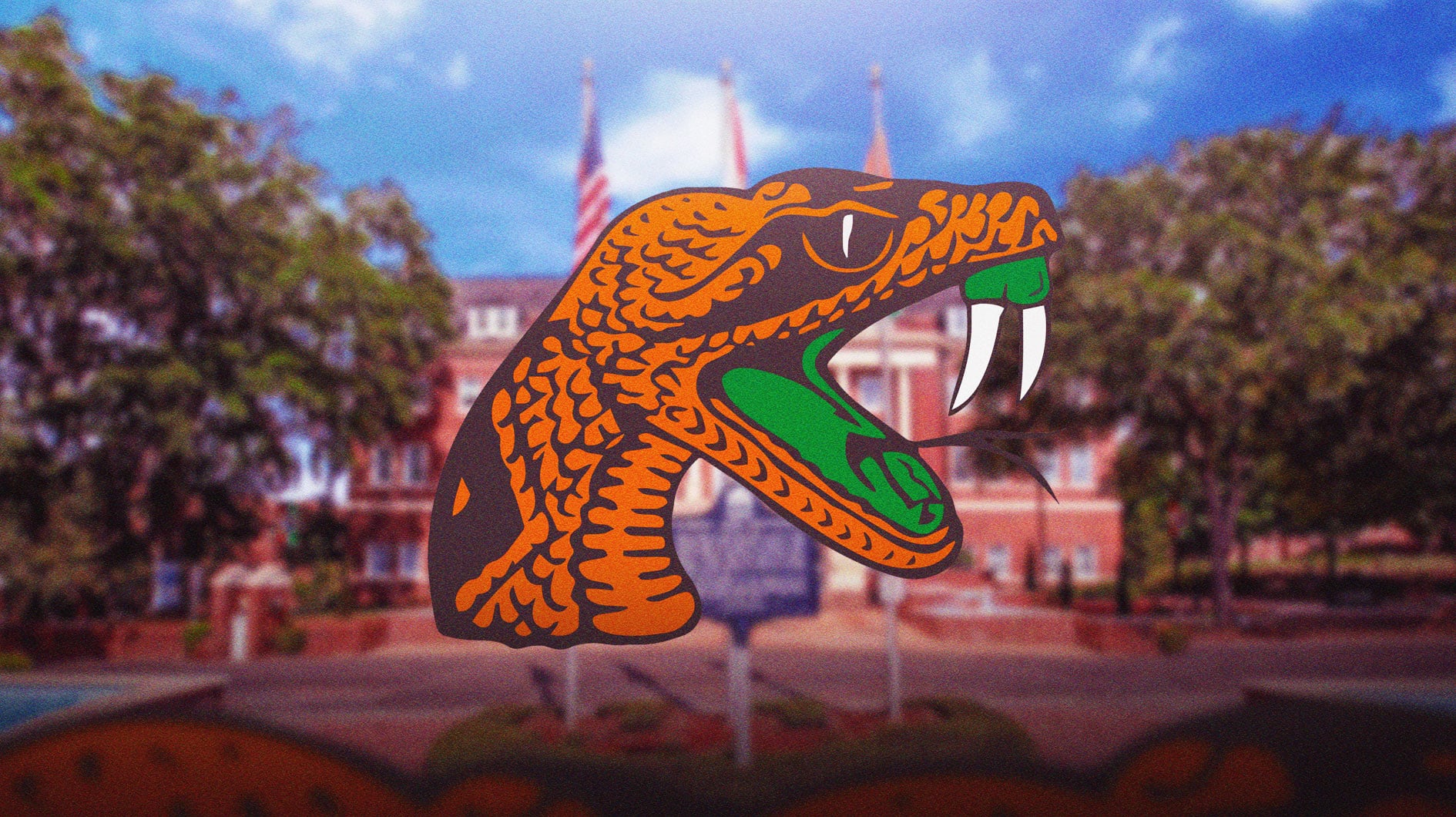Think about how much the pop culture landscape has changed since 2008 — the year that the last Indiana Jones flick, Kingdom of the Crystal Skull, came out. The MCU was in its genesis (Iron Man was about a month into its theatrical run when Crystal Skull came out), Barack Obama was president, and 7-year-old me was giddily watching the fourth Indiana Jones flick on the big screen. I've since graduated college and lived a little, but the inner child in me came out the second a fifth Indiana Jones adventure was announced (it's too bad my fedora doesn't fit anymore).
But does Indiana Jones still have a place in pop culture? As much as I'd hate to admit it, even Dial of Destiny fails to fully convince me that you couldn't have ended the series with Crystal Skull. It's always great to see Harrison Ford on the big screen, but Dial of Destiny feels like a relic of a different age of filmmaking and partly an apology for the last movie.
Indiana Jones and the Dial of Destiny review
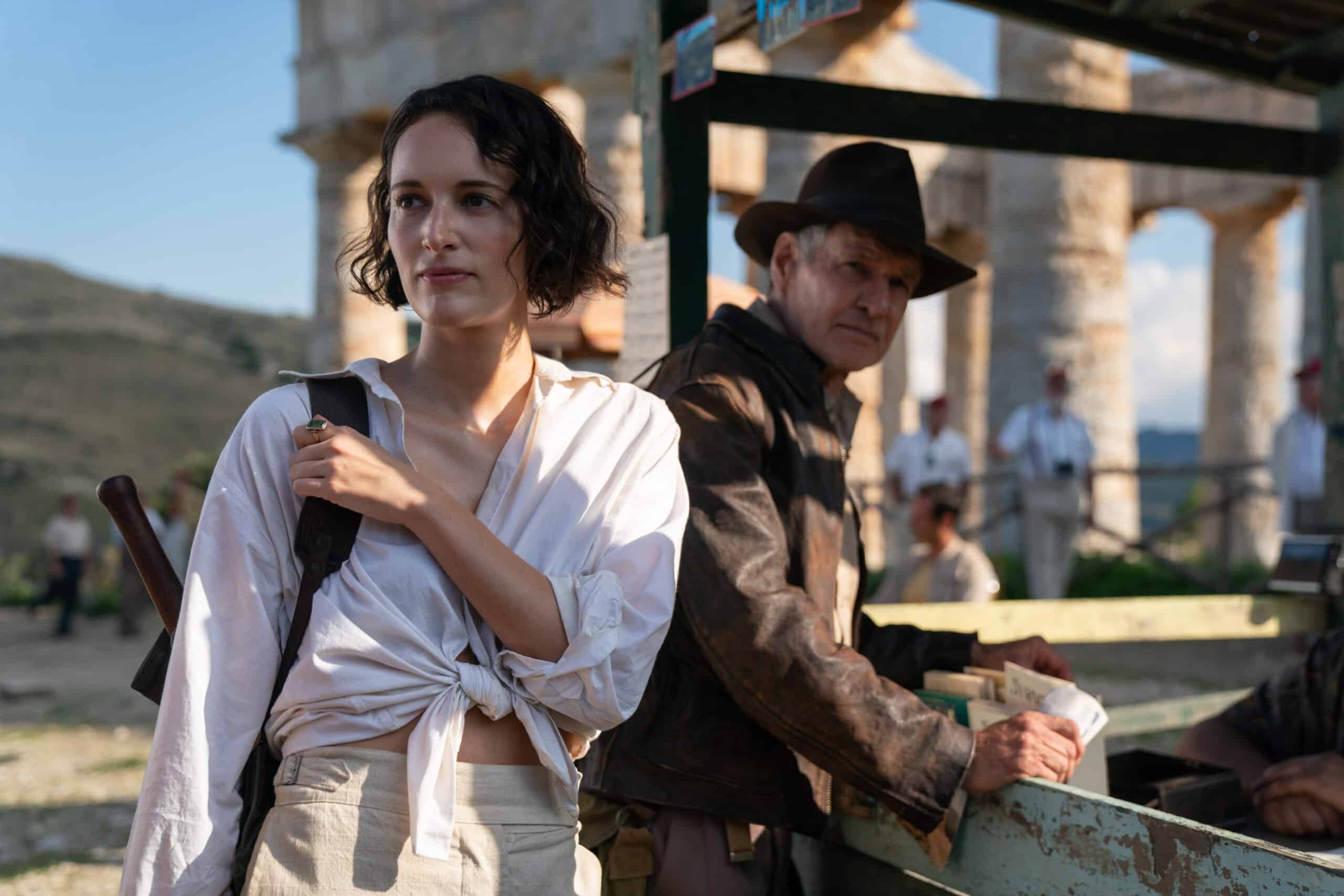
Some of the issues stem from the very root of Dial of Destiny — which features the worst cold open in the entire franchise. It begins in World War II in 1944 as Indy (Ford), with the help of his pal Basil Shaw (Toby Jones), attempts to stop Jürgen Voller (Mads Mikkelsen) from obtaining the Antikythera — a mysterious dial. A chase ensues on a train, and Indy does eventually stop Voller and escapes with the Antikythera.
This is a fun sequence, as the opening shot of Indy shows a de-aged Ford (which looks great any time he's still). But once any type of motion kicks in and Indy is on the run or punching Nazis, the de-aging technology starts becoming eerie. Instead of looking like Ford, it begins looking like a video game or AI-generated version of him. Say what you want about The Irishman, but Martin Scorsese never put Robert De Niro into spots that he was doomed to fail in (outside of that deli scene). Generally speaking, he was aware of De Niro's age and didn't push his physical limits. While body doubles were likely used, this opening chase just looks weird because this Indy hardly moves or acts like the one from the original films (even the fourth one).
And it's clear even though you can tell that James Mangold and Co. were very concerned about not overexposing Ford. The blocking of this open sequence is atrocious. The lighting is so dim and the European color palette of blues and greys make for a sequence so dark and indistinguishable that you know the filmmakers didn't want the viewer to be able to fixate on Ford too much. It's a justifiable reason, sure, but being able to view the movie you're watching is a justifiable reason to buy a ticket. It all begs the question of why didn't we make more of these when Ford was this age rather than waiting until he was 80 years old.
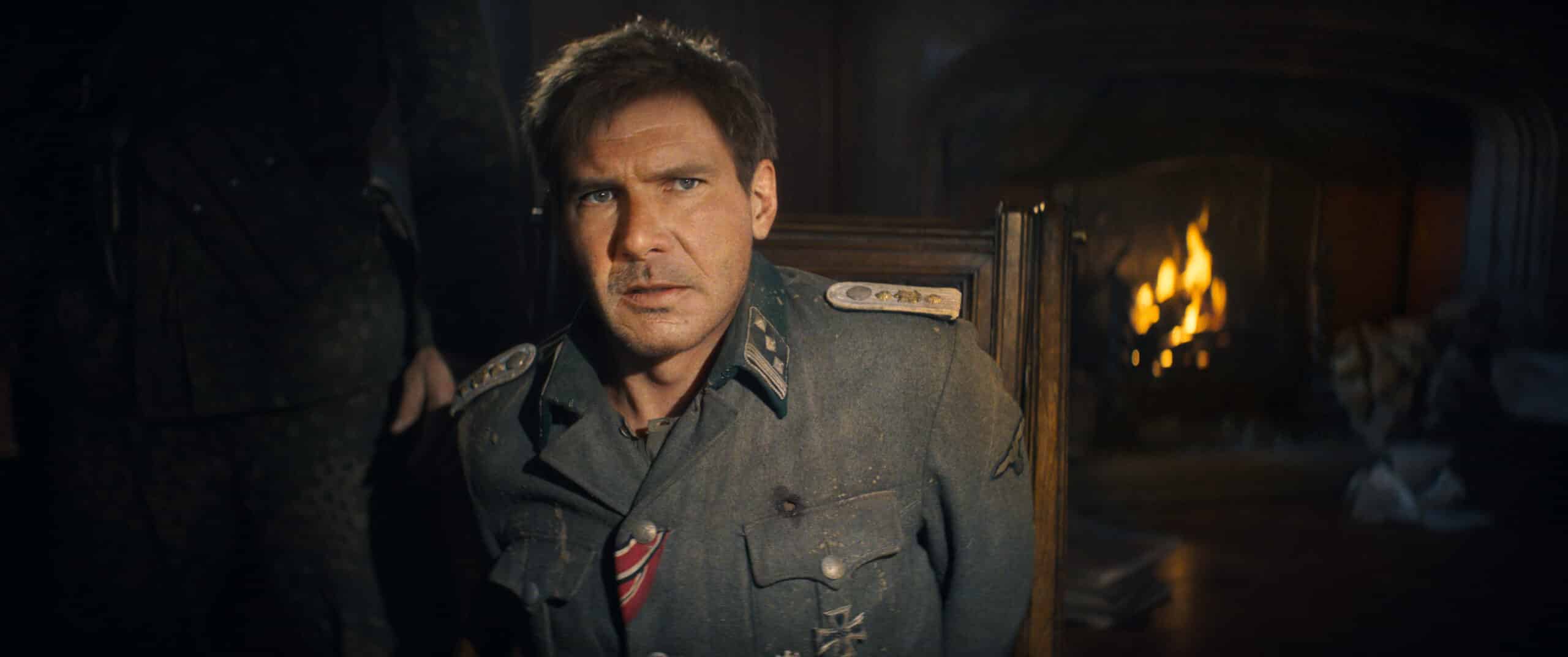
Even his cadence in the sequence — for as much of a nitpick as this may appear to be — is off. If Indiana Jones was a brand-new character, that'd be one thing. But we have hours of examples of what a 40-something-year-old Indy is supposed to look and sound like. While they occasionally nail the former, it oftentimes sounds like an old Harrison Ford spewing out lines with the energy of someone double the age of the person he's playing in this particular scene.
But, luckily, the opening sequence is the most turbulent that Dial of Destiny gets. In 1969, Indy is retiring. He's clearly not the same archaeologist and professor that he once was in his apex — I haven't seen students so disinterested in a particular lesson since learning about literature reviews in my thesis class — and the fire for adventure has been put out. Marion (Karen Allen) is no longer in the picture — for those dying to know, you'll learn what happened to Mutt (Shia LaBeouf)! — and a New York City full of Beatles-listening hippies is clearly not his vibe.
All hope looks lost until his goddaughter, Helena Shaw (Phoebe Waller-Bridge), daughter of Basil, shows up for his assistance in research for her doctorate dissertation on the Antikythera. As it turns out, she only wants the magical dial to sell it, but she has both the U.S. government and Voller's squad after her, thus bringing Indiana Jones out of his retirement for one last ride with the hat and the whip. Voller has now been hired by NASA to assist in the Space Race (the whole “U.S. government recruits ex-Nazis subplot is quickly kicked to the curb once the story leaves New York), but he's clearly obsessed with the dial more than anything, and Indy is just another obstacle in his way of retrieving it once again.
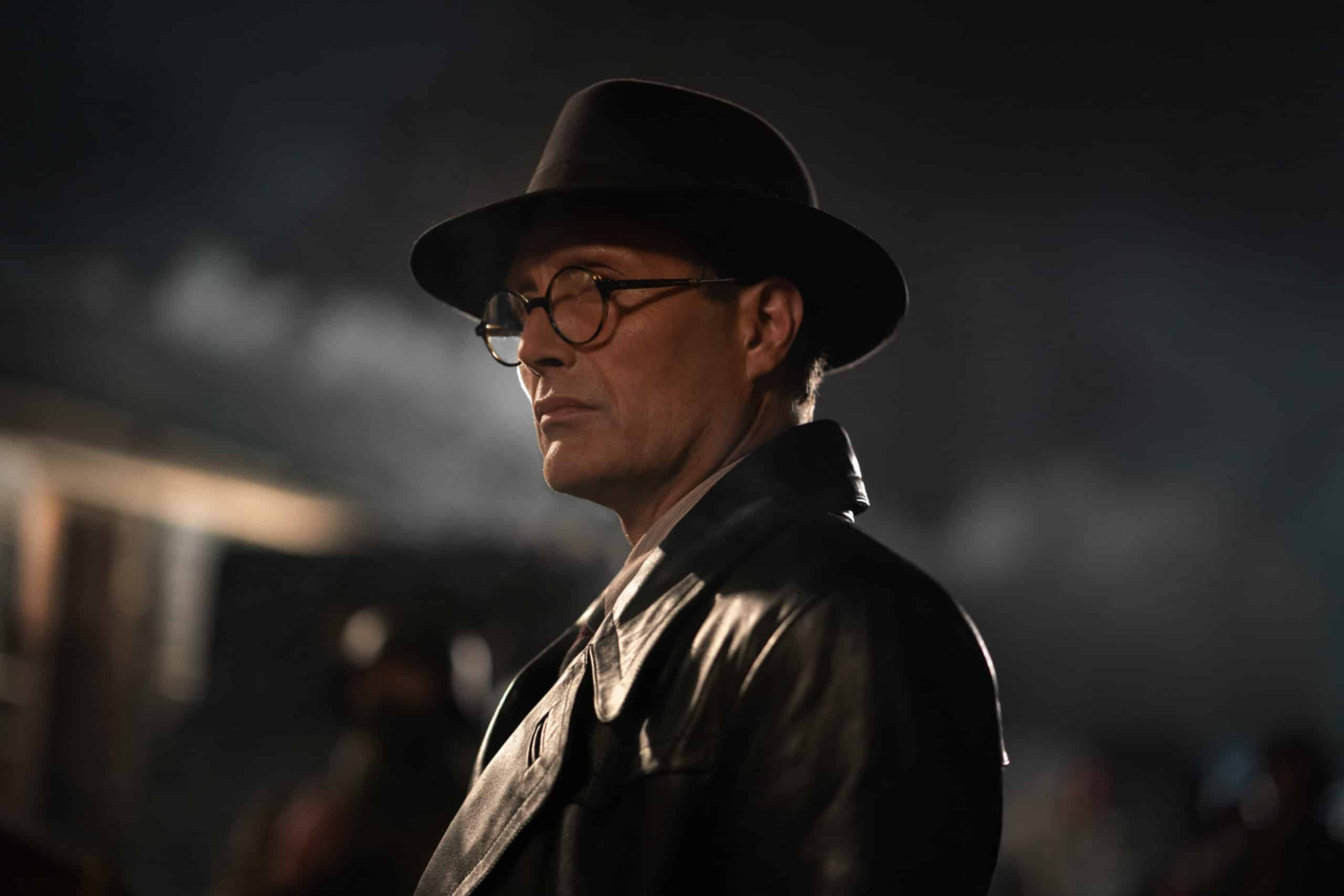
Indiana Jones is one of the few characters Ford cares about, and when he is able to channel the beloved character, the film is at its best. While never as egregious as The Flash making Michael Keaton half-heartedly spew out his iconic lines, Dial of Destiny still finds ways to make Ford say some variation of “it belongs in a museum” and get skittish around snakes (or eels). Though admittedly, it was a bit odd hearing him specifically call out the events of Temple of Doom. Easter eggs are fine, but it's clear when the writers are trying to force references that fans of past films will be pleased by. As a result, you get some force-fed and cheesy dialogue.
Once again, the filmmakers get in their own way by treating Indy like a quarterback in the pocket (specifically a top-end one like Josh Allen or Patrick Mahomes who the NFL can't imagine a Sunday without). Sure, he's punched twice and thrown against a wall once, but these Nazis are kind enough to throw his fedora back on his head while they dragged him along. I'm not advocating for elderly abuse, but it's so strange that Dial of Destiny is so scared to put him into real peril considering they put him into situations like rock climbing, jumping between cars, and fighting men half his age.
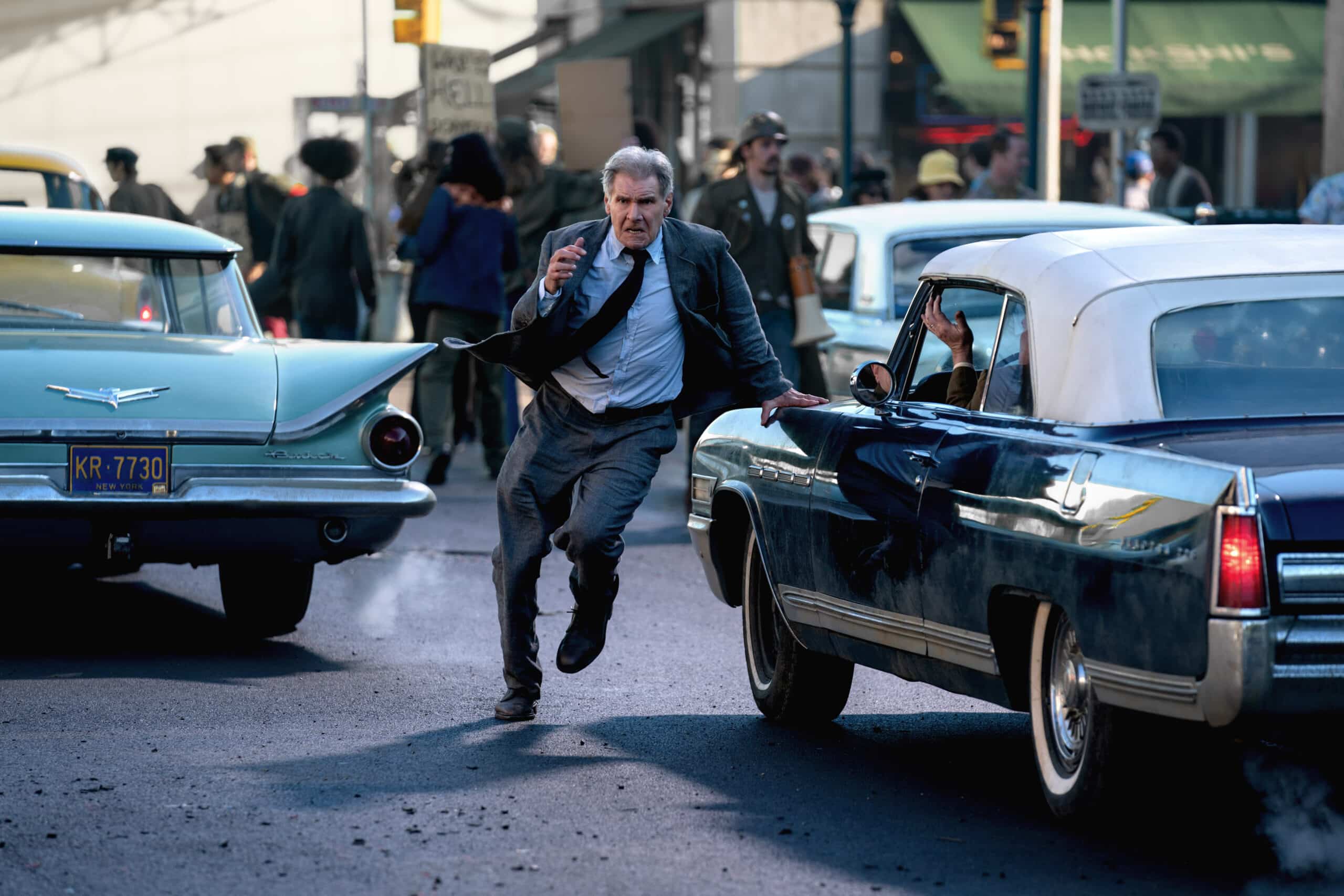
The film relying on visual effects likely doesn't help, as almost all suspension of disbelief is quickly thrown away in every action sequence. The biggest disparity between Dial of Destiny and the first three Indiana Jones films (and even the fourth to a degree) is that there was a commitment to using practical effects when able and stuntwork. Not that there are no practical effects or stuntwork in Dial of Destiny, but every sequence features so much green screen and thanks to every major franchise relying on it, viewers are conditioned to not feel anything when these sequences happen.
Take the cold open of Kingdom of the Crystal Skull for example. In the warehouse chase, a lot of that was done practically with Ford being attached to wires and whatnot. For as silly as Indiana Jones swinging from the lights on top and crashing into a truck is, at least it looked real. He was 15 years younger, I'll concede that, but Dial of Destiny never reaches the heights of that sequence in its action. And for as cheesy as the editing of the first trilogy could be at times — think of the conveyer belt scene from Temple of Doom or the tank sequence in Last Crusade — at least they built tension.
Franchise newcomer Phoebe Waller-Bridge was a great addition to the franchise and arguably the best part of Dial of Destiny. She has a good rapport with Ford — always firing back with the right amount of snark — and it would be great to see her take on more badass roles (luckily, Dial of Destiny doesn't make the same mistake twice and try to give her the fedora at the end of the film).
Should you see Indiana Jones and the Dial of Destiny?
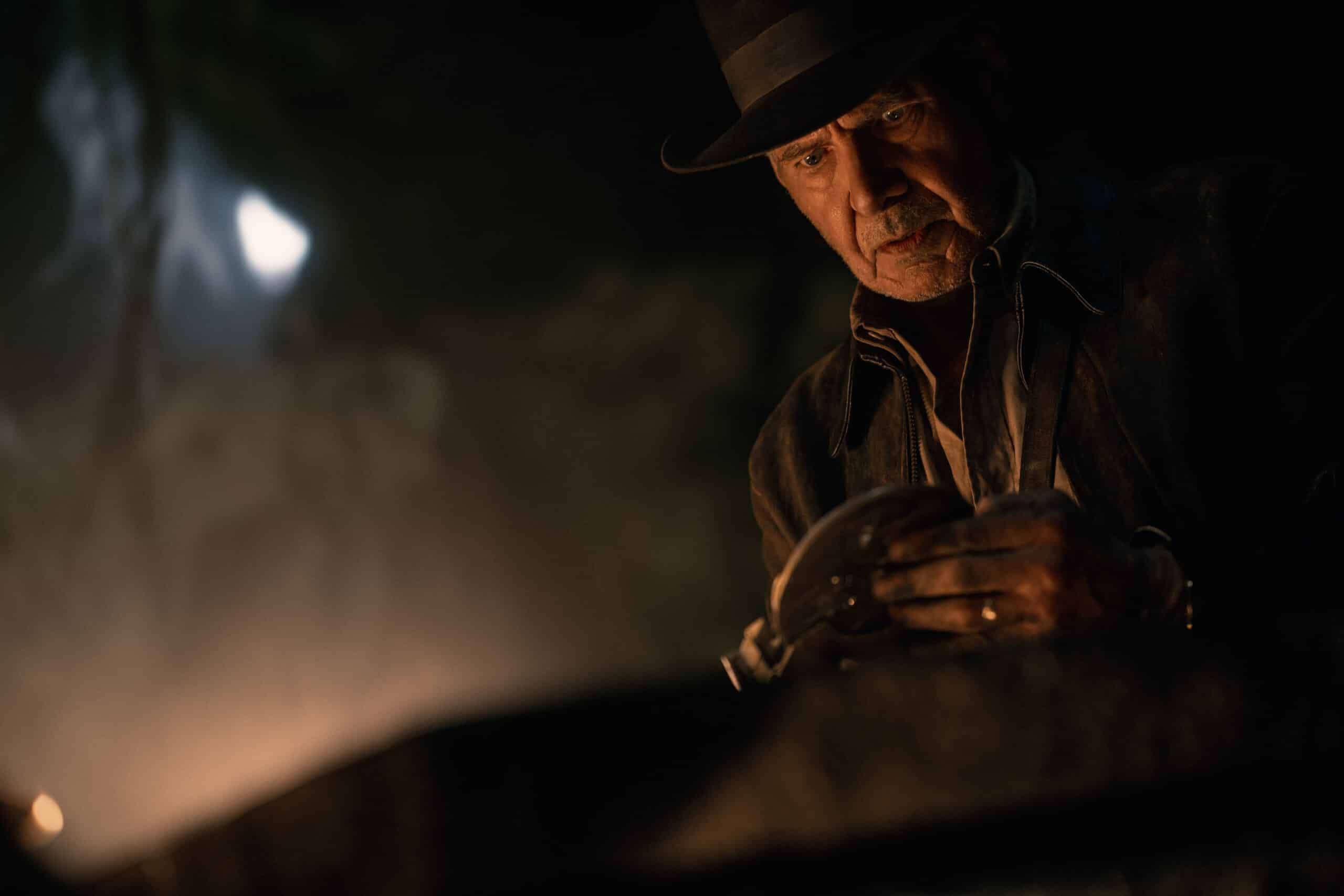
Is it possible that Dial of Destiny is the worst film in the franchise? Yes, and the presence of Steven Spielberg and George Lucas is felt and missed despite how good James Mangold is. The Indiana Jones franchise as a whole is a relatively solid one even if there is a clear gap between the last two films and the first three.
Perhaps too safe in execution and too ambitious in ideas, it's hard to argue that Dial of Destiny won't leave a better taste in your mouth than the last Indiana Jones film, but perhaps this is the right time to hang up the fedora for Ford. There's always a place for adventure films, but this particular franchise belongs in a museum and should be celebrated for what it brought to pop culture. With the technological advancements seen even in the past 15 years since the last film, the temptation to go big instead of back to the roots of the franchise is too great to overcome. We're in the era of superheroes and multiverses, and someone like Indiana Jones looks like a dinosaur in comparison.
Grade: B-
Indiana Jones and the Dial of Destiny will be released on June 30.

